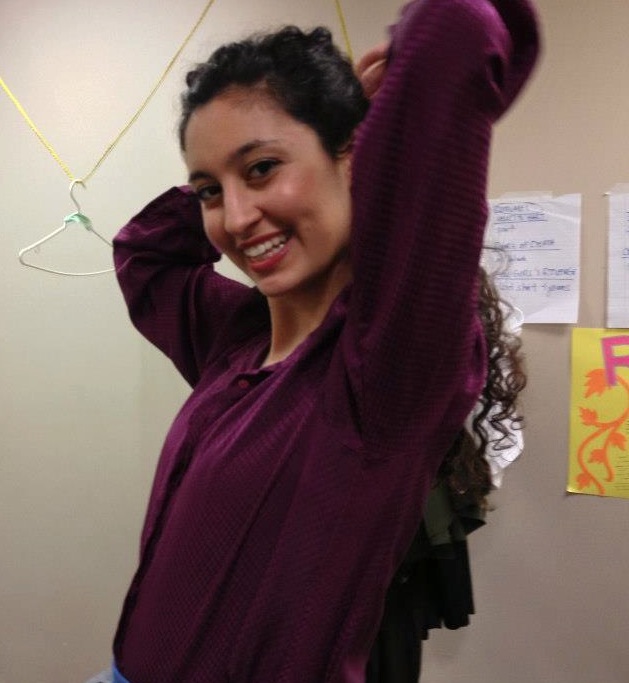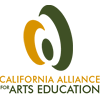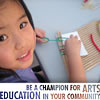Opinion: Why students make the best arts education advocates
 There’s an irony surrounding education reform and advocacy. Namely, that the beneficiaries of so much work and effort – the students -- are rarely consulted.
There’s an irony surrounding education reform and advocacy. Namely, that the beneficiaries of so much work and effort – the students -- are rarely consulted.
Granted, student involvement in education reform has its limitations. Most students in the K-12 public education system cannot vote. As full time students, there sometimes aren’t enough hours in the day for sleeping let alone effective advocacy. But most importantly, many students think their voices don’t have the weight that adult voices do. This last reason is the easiest to change because it’s simply not true.
Arts education is exalted as a way to find your voice. So why not allow studentS to speak up for their right to keep speaking? Interning at the California Alliance after years of being a student involved in a public school’s drama, dance, and choir programs made me realize arts advocacy doesn’t have to (and arguably shouldn’t) be as exclusive as it may seem.
SO WHAT EXACTLY MAKES STUDENTS THE BEST ADVOCATES FOR ARTS EDUCATION?
1. They know what they’re talking about
2. Sheer numbers
3. Trained Voices
Students are an invaluable and integral part of effective arts education advocacy. This relationship, however, goes both ways. Advocacy offers students another way to develop their voice and become politically empowered young adults. It creates a transparency in a process that otherwise leaves students to be helpless spectators.
Join us: If you’d like to be involved in student advocacy efforts, join us the Student Voices Page on Facebook. If you’re in Northern California consider joining the Berkeley Rep Teen Council; if you’re in Southern California check out Center Theatre Group’s Student Ambassadors Program.










